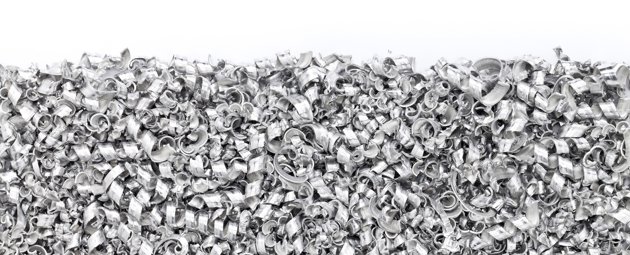Trustworthy information
How can you find trustworthy information on a product’s environmental impact?
It is challenging to find trustworthy and accurate information on the environmental impact of a material or a product, but it is not impossible. Here are some ideas to help you find what you need, quickly.
Like you, other architects and construction engineers and industrial designers want to find solutions that reduce the environmental impact of their products or buildings. As an example, the building industry uses a tremendous amount of raw materials that also involve high energy consumption to produce. How do you come up with a more sustainable building? Finding a better way to construct the building is one thing – your thing – but how do you find the best building materials, based upon data that you can trust?
An increasing number of green building rating systems like BREEAM, LEED and DGNB are evolving to integrate measures to reduce GHG emissions during the full life cycle, to evaluate and understand the emissions of materials and the construction phase, to reduce waste and to value recyclable materials. This is also why most of these systems are now making use of Life Cycle Assessments (LCAs) to assess the footprint of buildings during their full life cycle. I see these rating systems evolving to increase verification and rigor in those aspects.
Life Cycle Assessments take into account all emissions and energy consumptions for each and every step in the life cycle of a building or a product. An LCA gives you the total environmental impact. Now you could calculate this by using average data assembled for a certain raw material or product in a certain region of the world. But you would still not be any closer in finding the best choice, because the data would be too inexact and too general to really make a difference.
There is another easier way that is better.
Independently verified and registered EPDs
An Environmental Product Declaration (EPD) is an independently verified and registered document that communicates transparent and comparable information about the life-cycle environmental impact of products. An EPD is a so-called Type III environmental declaration in accordance with ISO 14025, and it was developed out of an increasingly widespread demand from customer to supplier to have a standard of comparison between different products.
EPDs show the most significant environmental aspects of a particular type of product, without going into value which is more or less sustainable, but showing an objective and verifiable information about the environmental problems of the product/service it provides.
EPDs give you the environmental impact of the material from these perspectives:
- GWP – Global warming potential
- ODP – Depletion potential of the stratospheric ozone layer
- POCP – Formation potential of tropospheric photochemical oxidants
- AP – Acidification potential of land and water
- EP – Eutrophication potential
- ADPM – Abiotic depletion potential for non-fossil resources
- ADPE – Abiotic depletion potential for fossil resources
The first one, GWP, is expressed in kg CO2 equivalents per kg of the product – or selected “functional unit.” This is the one most in focus today, but looking forward, the other values could become more important.
You can also find out what happens with the product at the end of its useful life, for example when the building is torn down and you sort all the materials. An EPD shows you how much can be sorted and recycled and subsequently and turned into new products.
Reducing the environmental footprint with the right aluminium
One way of reducing the footprint is using renewable energy for material production and another is using as much recycled end-of-life materials as possible. In both cases, aluminium offers a positive story.
Aluminium is used in buildings because its properties, such as low weight, formability and corrosion resistance, are well-suited for doors and windows and facades. And it is fully recyclable. Already today, the vast majority of aluminium in use is recovered and turned back into new products.
But producing virgin aluminium is energy-intensive, right? Big footprint? This is particularly important when it comes to buildings, as they are made to last for decades and hence it takes a long time before the material can be recycled and sent back into the loop.
Stop for a second.
There are always better options if you know where to find them. In this case, the footprint depends on how and where aluminium is produced, and there are vast differences out there. If you really want to find them.

Low-carbon CIRCAL and REDUXA aluminium
I will name just two of the innovative aluminium products out in the market that can help you reach your sustainability goals.
One is Hydro REDUXA, which is low-carbon primary aluminium based on renewable energy. It has a maximum of 4.0 kg CO2-equivalent per kg aluminium. This is less than one-fourth of the global average.
The other is Hydro CIRCAL, which is based on a high amount of post-consumer scrap – aluminium that has already been used in other products and scrapped, like a window frame.
Both of the aluminium products are verified by EPDs.
How do you find EPDs?
Let me finish what I started: How do you find what you need, quickly, in terms of trustworthy data?
If you do want to look for comparisons of products, using independently verified EPDs as your tool, then you can find them easily in common databases such as Ökobaudat, GABI, EPD Norge, InData Network and Environdec. The EPD is normally valid for three years, or five years for construction products.
And don’t forget that using products with EPDs will also allow building owners to help harvesting extra points in the BREEAM environmental certification systems.